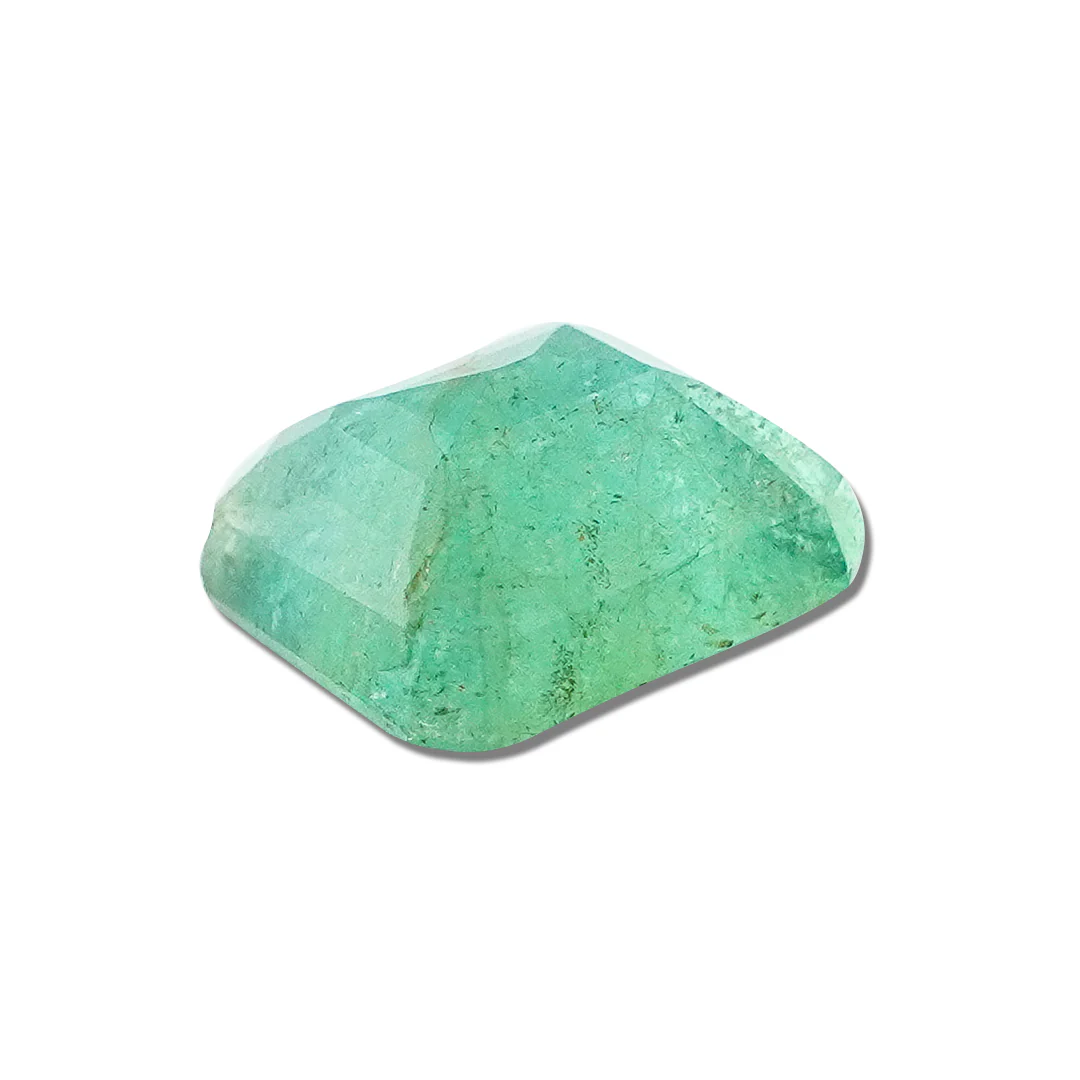Introduction to Mangueshi Temple
Nestled in the heart of Goa, the Mangueshi Temple stands as a beacon of spiritual and cultural heritage. This ancient shrine, dedicated to Lord Manguesh (an incarnation of Lord Shiva), offers visitors a unique blend of religious devotion and architectural beauty. As we embark on this virtual tour, let’s explore the many facets that make the Mangueshi Temple a must-visit destination in Goa.

Read article on: Jaleshwar Mahadev
Location and Accessibility
The Mangueshi Temple is located in Priol, Ponda Taluka, approximately 21 kilometers from Panaji, the capital city of Goa. Its precise address is:
Mangueshi Temple
Mangueshi Village, Priol
Ponda, Goa 403401
India
The temple is easily accessible by road, with regular bus services and taxi options available from major Goan cities. Its central location makes it a convenient stop for those exploring Goa’s rich cultural heritage.
The Deity and Spiritual Significance
At the heart of the Mangueshi Temple is Lord Manguesh, an avatar of Lord Shiva. The main deity is represented by a Shiva Linga, housed in the garbhagriha (sanctum sanctorum) of the temple. The name “Manguesh” is believed to be a combination of the words “Mam” (me) and “Gesh” (Lord), signifying “My Lord.”
The temple also houses idols of other Hindu deities, including:
– Goddess Parvati (Lord Shiva’s consort)
– Lord Ganesha
– Goddess Lakshmi
– Lord Nandi (Shiva’s vehicle)
This diversity of deities makes the Mangueshi Temple a significant pilgrimage site for devotees of various Hindu traditions.
A Glimpse into History
The Mangueshi Temple boasts a rich history dating back to the 16th century. Originally located in Kushasthali (present-day Cortalim), the temple was moved to its current location in 1560 AD to protect it from Portuguese invaders during the Goa Inquisition.
Key historical points:
– Founded in 1560 AD
– Underwent major renovations in the 18th century
– Managed by the Gaud Saraswat Brahmin community
The temple’s survival and flourishing through centuries of political and social changes is a testament to its spiritual and cultural significance in Goan history.
Architectural Marvel
The Mangueshi Temple is a stunning example of Goan temple architecture, blending elements of Hindu and Portuguese styles. Some notable architectural features include:
- Seven-story lamp tower (deepstambh): This imposing structure greets visitors at the temple entrance.
- Magnificent dome: The temple’s dome is adorned with intricate carvings and designs.
- Sabhamandap: A spacious hall for devotees to gather and participate in rituals.
- Garbhagriha: The sanctum sanctorum housing the Shiva Linga.
- Ornate pillars and arches: These showcase the fusion of Hindu and Portuguese architectural elements.
The temple’s architecture not only serves its religious purpose but also stands as a work of art, attracting architecture enthusiasts and history buffs alike.
Festivals and Celebrations
The Mangueshi Temple comes alive during various Hindu festivals and celebrations throughout the year. Some of the major events include:
- Magha Purnima (January/February): A grand celebration marking the full moon day in the Hindu month of Magha.
- Mahashivratri (February/March): A night-long festival dedicated to Lord Shiva.
- Rama Navami (March/April): Celebrating the birth of Lord Rama.
- Akshaya Tritiya (April/May): An auspicious day for new beginnings.
- Nag Panchami (July/August): A festival honoring the serpent god.
- Ganesh Chaturthi (August/September): A 10-day celebration of Lord Ganesha’s birth.
- Diwali (October/November): The festival of lights, celebrated with great enthusiasm.
During these festivals, the temple is adorned with colorful decorations, and special pujas and rituals are performed, offering visitors a chance to immerse themselves in the local culture and traditions.
Visitor Information
To make the most of your visit to the Mangueshi Temple, keep the following information in mind:
Timings:
– Open daily from 6:00 AM to 10:00 PM
Aarti Timings:
– Morning Aarti: 8:00 AM
– Evening Aarti: 7:00 PM
Dress Code:
Visitors are expected to dress modestly. It’s advisable to wear clothes that cover shoulders and knees out of respect for religious customs.
Photography:
Photography is generally not allowed inside the main temple premises. However, you can capture memories in the temple courtyard and surrounding areas.
Unique Rituals and Practices
The Mangueshi Temple is known for several unique rituals and practices that set it apart:
- Maha Aarti: A grand aarti performed during major festivals, involving elaborate rituals and chanting.
- Abhishekam: The ritual bathing of the Shiva Linga with various substances like milk, honey, and rosewater.
- Prasad Distribution: The temple is famous for its unique prasad, a sweet offering made from rice flour and jaggery.
- Devotional Music: Regular bhajan and kirtan sessions are held in the temple premises.
- Vedic Chanting: Priests perform daily Vedic chants to invoke divine blessings.
Participating in or observing these rituals can provide visitors with a deeper understanding of Hindu traditions and practices.
Best Time to Visit
While the Mangueshi Temple is open year-round, certain times may enhance your visiting experience:
- Early Morning (6:00 AM – 8:00 AM): Experience the serene atmosphere and witness the morning rituals.
- Evening (6:00 PM – 8:00 PM): Enjoy the evening aarti and the temple’s beautiful illumination.
- Festival Season: Visit during major Hindu festivals for a vibrant and culturally rich experience.
- Winter Months (November to February): Enjoy pleasant weather conditions for exploring the temple and its surroundings.
Avoid peak afternoon hours, especially during summer, as the crowds and heat can be uncomfortable.
For astrology videos visit at: Acharya Ganesh
Conclusion to Mangueshi Temple
The Mangueshi Temple in Goa is more than just a religious site; it’s a living testament to Goa’s rich cultural heritage and spiritual traditions. Whether you’re a devotee seeking blessings, a history enthusiast exploring Goan architecture, or a curious traveler looking to understand local customs, the Mangueshi Temple offers a profound and enriching experience.
As you plan your visit to this spiritual oasis, remember to approach it with respect and an open mind. The centuries-old traditions, the intricate architecture, and the devotion of countless pilgrims have all contributed to making the Mangueshi Temple a true gem in Goa’s cultural landscape.






























